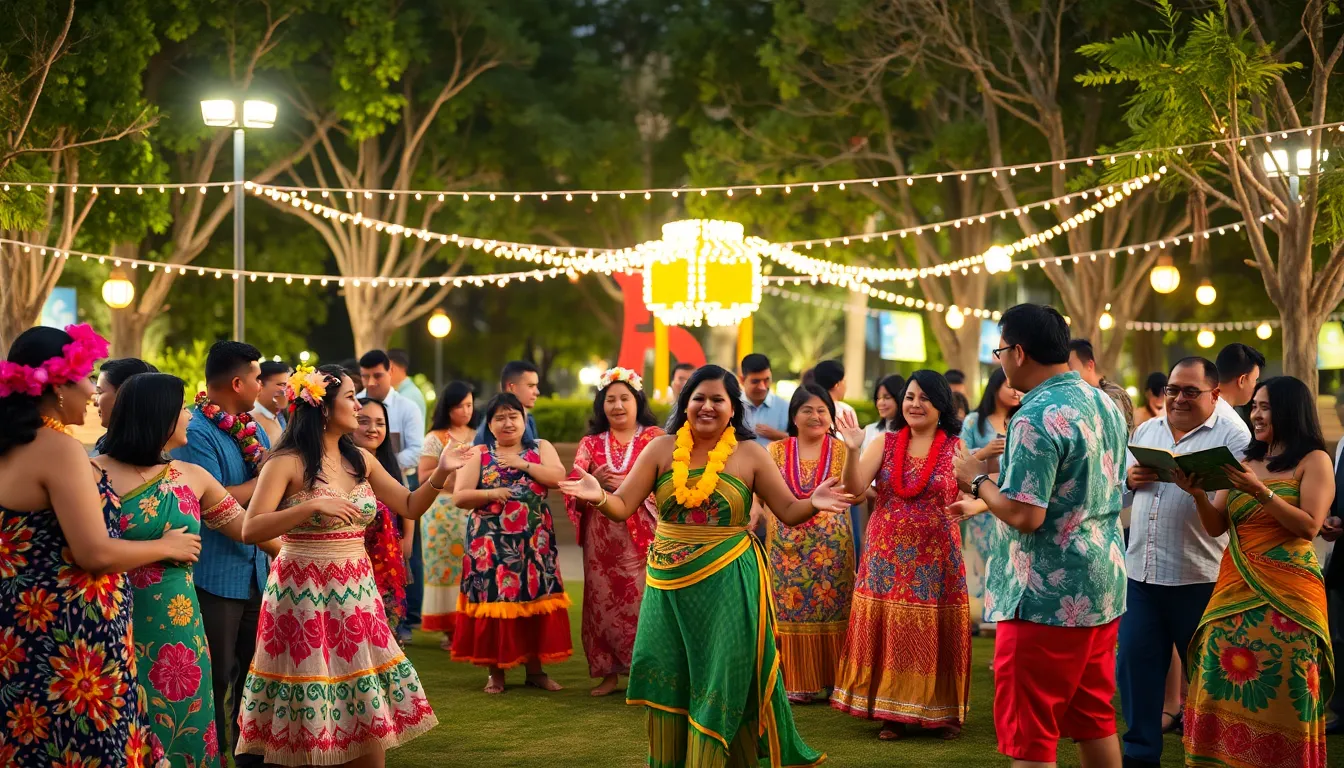Have you ever found yourself puzzled by a word that sounds like a catchy tune but has deep cultural roots? That’s exactly where “perupalalu” comes in. This intriguing term is more than just a cultural artifact: it’s a vibrant thread woven into the fabric of traditions, history, and community. In this text, we’re diving into the whirlwind of meaning behind perupalalu. From its origins to its contemporary significance, you’ll uncover the stories that make it worth exploring. Put your thinking cap on because it’s about to get interesting.
Perupalalu

Historical Context and Evolution
To truly grasp the essence of perupalalu, one must investigate into its historical roots. Emerging from times when oral traditions were paramount, perupalalu has seen various adaptations and transformations. Initially, it represented a form of community gathering, a way for individuals to connect and share stories.
As the landscape of society evolved, so did perupalalu. It shifted from simple gatherings to more complex ceremonies intertwined with rituals. The evolution reflects changes in societal norms and the community’s needs, illustrating how this term has, remarkably, navigated the tide of time.
The Role of Perupalalu in Local Traditions
In regions where perupalalu thrives, it acts as a beacon of culture. Every celebration infused with this term is a mosaic of heritage, music, and shared experience. Local traditions surrounding perupalalu often feature dance and colorful attire, inviting participants into a spirited world rich with meaning.
The gatherings usually mark significant events, from harvest festivals to ceremonial rites of passage. During these occasions, communities come together to celebrate life’s milestones, reinforcing bonds and ensuring that the essence of perupalalu continues to flourish.
Symbolism and Meaning Behind Perupalalu
At the heart of perupalalu lies a profound symbolism, often interpreted differently across various cultures. It embodies unity, continuity, and the essence of life itself. When one speaks of perupalalu, they’re tapping into a collective consciousness that transcends generations.
The symbols often associated with perupalalu reflect nature and harmony with the surroundings. Elements like trees, water, and earth play a significant role in these symbols, highlighting the bond between humanity and the environment. These motifs serve not just decorative purposes: they act as reminders of the values instilled through generations.
Perupalalu in Contemporary Society
Celebrations and Practices Associated with Perupalalu
In contemporary society, perupalalu holds an important place during various festivities. It brings communities together, igniting a sense of belonging among diverse groups. Celebrations often involve traditional music, dance, and culinary delights that mark the importance of the event.
During specific festivals, vibrant parades and community feasts take center stage, with perupalalu being the focal point. The energy in the air is palpable as people exchange stories and traditions, embodying the spirit of togetherness that perupalalu promotes.
Community Involvement and Participation
Participation in perupalalu traditions isn’t just encouraged: it’s celebrated. Local communities actively engage in organizing events, ensuring that everyone has a chance to contribute. Young and old alike come together, fostering intergenerational connections and learning.
Through workshops and communal gatherings, participants learn the importance of their heritage. These initiatives encourage creativity and involvement, allowing perupalalu to evolve while staying rooted in its origins.
Challenges Facing Perupalalu Traditions
Future Directions and Preservation Efforts
Even though the rich heritage associated with perupalalu, numerous challenges threaten its continuation. Rapid urbanization and globalization have introduced new cultural dimensions that can overshadow traditional practices. Many young people are drawn to modern influences, leaving behind practices rooted in local traditions.
But, preservation efforts are gaining momentum. Many cultural organizations are stepping up, actively advocating for the protection and promotion of perupalalu traditions. Engaging youth through educational programs and social media is one potential pathway to ensure that the vibrancy of perupalalu not only survives but thrives in future contexts.

